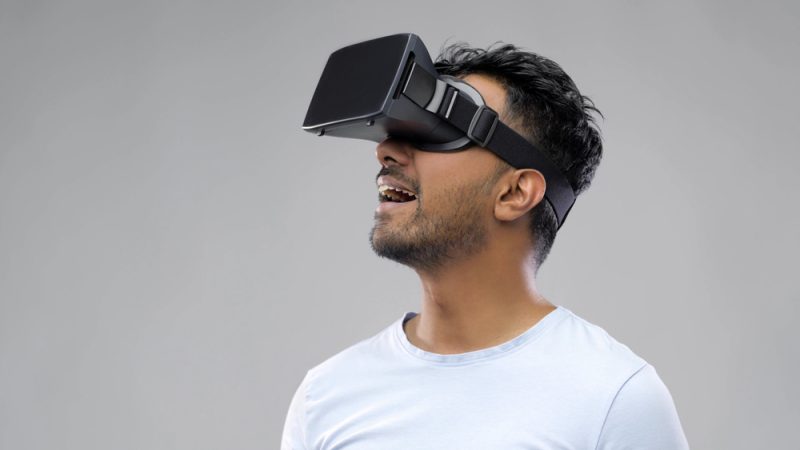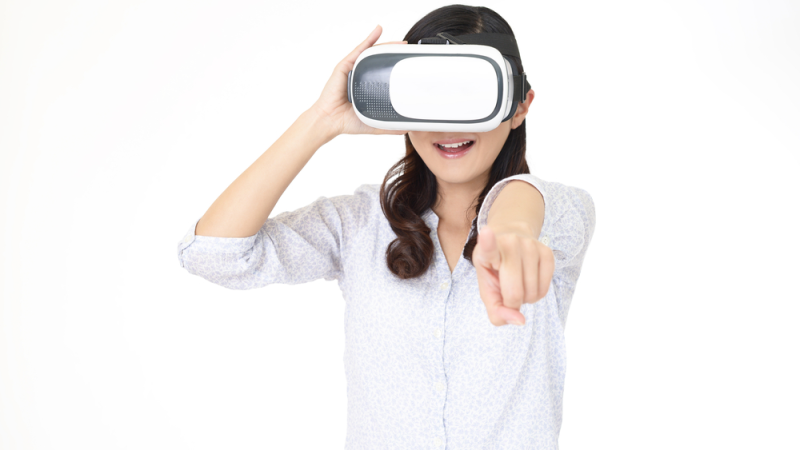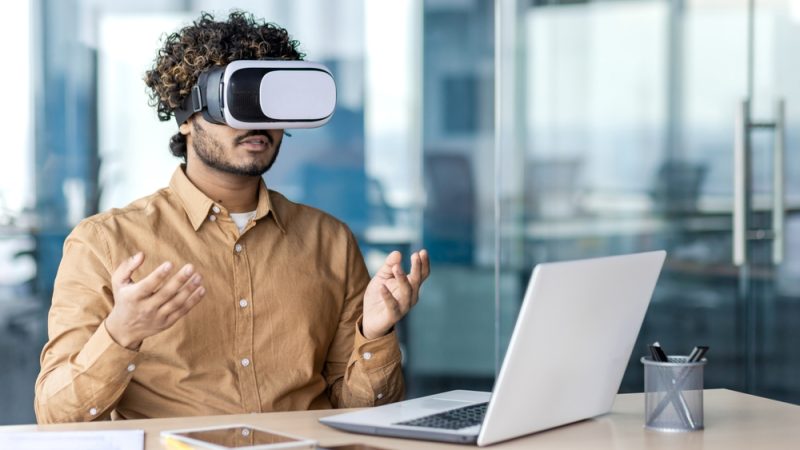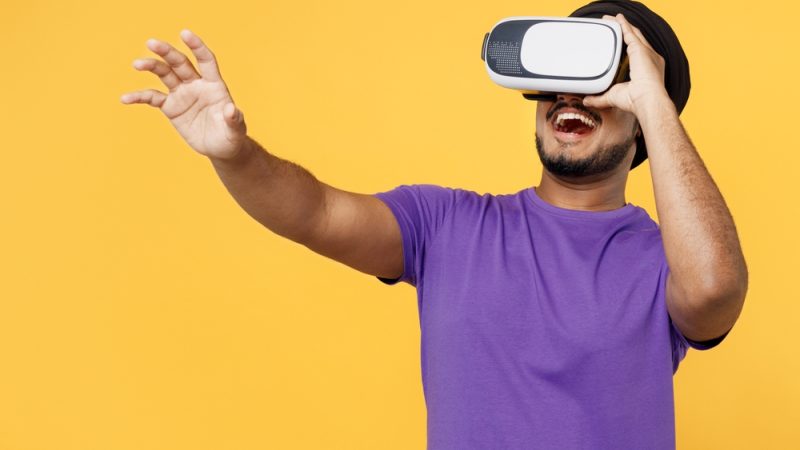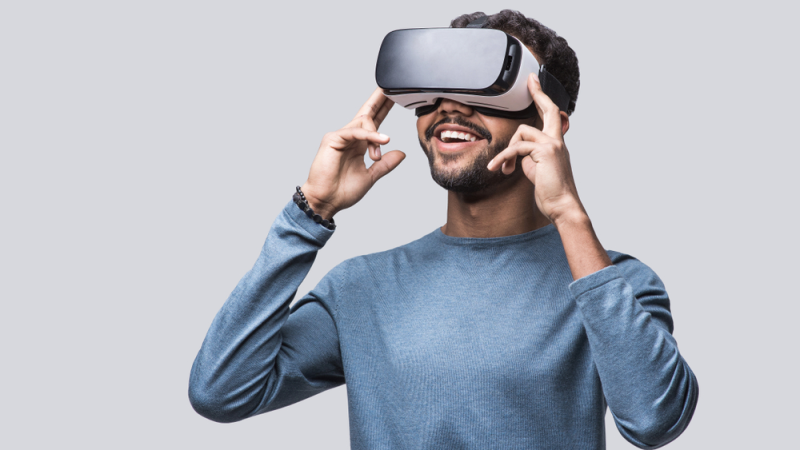How VR is Making Interior Design More Interactive
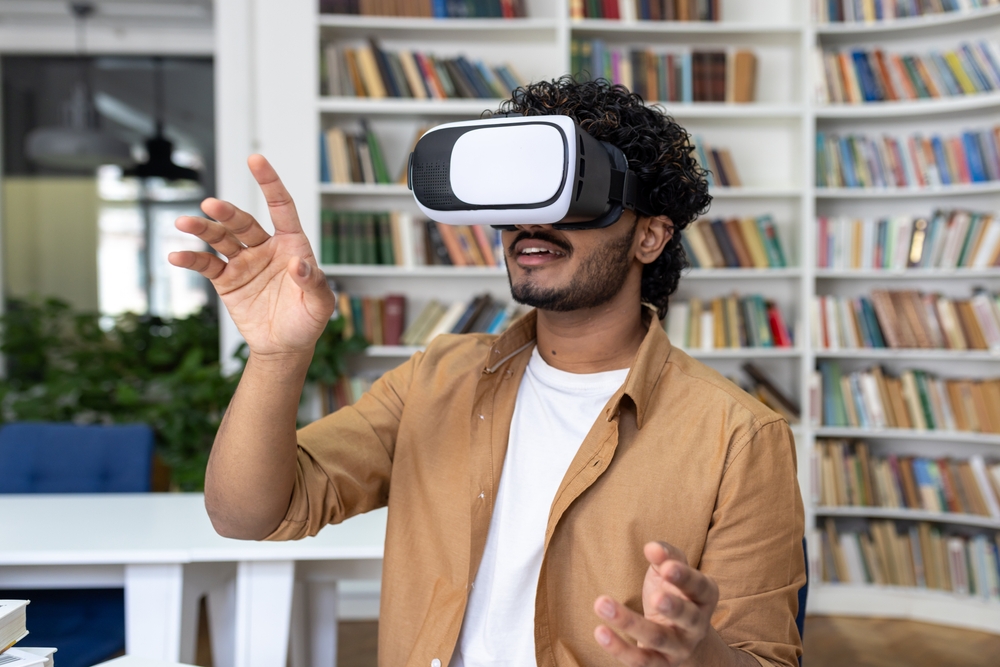
Introduction: A New Era in Interior Design
In the last century we’ve seen interior design evolve. Originally it was simply decoration for the wealthy, but after World War Two it became available to most people. There is no doubt that there is still part decoration involved in interior design. Although these are expensive decorators’ co-ordinates, in your own house you can tone it down according to your budget and personal preference to make a personal icing on the cake for what somebody else has baked.
But in today’s world, imagination isn’t everything. Customers not only want reality, they also need to see with clarity.Then they know how their space would look before they make any decisions. This is where Virtual Reality (VR) is now changing everything.From just sketches and 2D renderings, the business has now moved to immersive walkthroughs where users can “walk around” their future home before it’s even been built.Virtual Reality is transforming how designers present their ideas and how customers engage with them. It bridges the gap between design and reality-enabling a design process that is transparent, faster than ever before, and interactive.
What is Virtual Reality in Interior Design?
Virtual Reality in interior design means using high-fidelity 3D environments such as those captured by a VR headset to navigate and explore all digitally created rooms. Instead of looking at a picture on the wall or some kind of video, users can walk through actual architectural spaces, see an object from every angle, touch furniture, feel the warmth produced from a built-in fireplace beside them and even change both texture and light depending on how close they are to things.
This kind of experience makes it easy for both designers and clients. The designer can show what he wants in phrase and reality, while the client can give his feelings right away from actual space experience instead of from mere imagination when 2D drawings are presented or instead of on paper jackets that double as catalog covers.
Benefits of VR in Interior Design
1. Immersive Client Experience
VR is the most attractive quality of all. By wearing it, clients no longer act as a commissioning audience but can take part in design going on around them and while they wait. A living room plan, a fitted kitchen design or bedroom idea – any design created in VR puts clients in the picture. They can walk through it for themselves and get a real sense of its size, what materials have been used, how it looks from different angles, down where things go next etc.
It eliminates the typical gap between expectations and reality. No longer do clients have to think about how a tile would look under warm lighting or how large the bedroom closet area will be. They can see it themselves.
2. Better Communication and Feedback
One of the common quandaries of interior decoration is communication. Designers often use jargon, blueprints, and sketches for things that the customer simply can’t understand. As a result, many misunderstandings arise which delay project work considerably.
VR enables designers to communicate visually and vividly. Clients can show what they like or dislike by literally “walking” through the space. Do you want to move a wall; change a color scheme; or exchange one kind of couch for another? With VR feedback is immediate, thus avoiding wasted effort and saving time that can never be recovered.
3. Faster Decision Making
Quick decision-making. Handling Interiors can be a daunting task. All the furniture options provide many finishes, colors, and lights. The air is carried away by vents to clean out harmful chemicals like formaldehyde that are constantly emitted from new carpet or paint (but without any indication). VR renders it simpler to make such decisions. One unified space shows what is envisaged for the whole environment, in terms of every element. With everything so much better grounded at a glance, this visual clarity speeds up decision-making considerably.
Clients are more self-assured when choosing plans of design, because they can actually see them in simulated and interactive mode. This drastically decreases the number of revisions and streamlines your whole operation.
4. Enhanced Design Accuracy
Designed accuracy is tremendously essential for measurements, such as what you or materials do. The traditional 2D model often fails to capture these real-world nuances. Modeling with VR-based technologies heavily borrows from the 3D hotkeys concept; thus, every element of the model is accurately positioned.
Whether we are using it as a reference model for an entire room of furniture, or simply checking individual household objects to see if they look fine in another color light than the one currently available in the 6, this definitely not only raises the quality of our designs but also has a beneficial influence on how we execute them at installation time.
5. Increased Customer Satisfaction
Interior projects often involve huge emotional and increasingly financial investment, which can not be deducted from a careless approach, and can have a significant profit; when this is known to everyone, nothing but profit comes. Any surprises or last-minute changes can bring dissatisfaction and disputes. VR eliminates that risk by establishing clear expectations from day one.
Customers can tell precisely what they are getting. They may take the design in, feel the scale, go through the layout, and understand the vibe. This transparency leads to greater trust in customers’ eyes, smoother progress for your project, and higher levels of satisfaction at handover.
How Interior Designers Use VR in Real Projects
VR enters the design workflow through tools that a kind of bridge for designers to set up virtual environment based on actual measure. Designers start with a 3D model of the space, add lighting, furniture, textures, and other elements, and so on.
You can imagine it now: after walk through the space and then stick clients on VR glasses to experience their upcoming townhouse in some systems that allow live changes during these virtual reality inspections. For example, switching wall colors or trying out different layouts in real-time.
Designers are able to present several schemes for one living environment, also by means of VR. For instance, you can use expressions like formal or modern, which can be interchanged. Side-by-side comparison on the screen tells it all.
The Future of VR in Interior Design
The VR Future for Interior Design This is as much true for virtual reality as it is for computer-aided design and the Internet. With VR technology becoming more affordable and accessible, more design studios and firms are embracing it as a part of their usual work routine.
AI may very well merge with VR in some form or fashion to provide users with automated design tips based on their own preferences in the future. Then too there is this whole business of tactile feedback(haptics): allowing someone to “Feel” what a material really feels like, even though they’re only in a virtual environment. Another important development is to use Augmented Reality (AR) in conjunction with VR so one can see designs laid out in real space and time.
A smart house with VR-enabled systems, real-time money tracking (you can keep an eye on virtual shoppers too!) and direct shopping experiences within the virtual world itself.
Why Clients Prefer VR-Based Interior Design
Today’s clients are tech-savvy, visual, and want to participate in the home’s transformation. “No matter what we do where, they can never tell us that,” he says, “so VR lets them kind of reclaim some of their power and take back some of the uncertainty and anxiety by giving us more information.” It makes imagination real — allowing them not only to see what a space might look like but what it will actually feel like.
And for landowners constructing a new residence or revamping an apartment (or even transforming just one room), then VR is likely to offer you understanding and exhilaration that traditional plans will never.
Whether you’re a homeowner or design professional, embracing VR means investing in a smarter way of creating spaces that really feel like home.
Conclusion
VR changed the world of interior design, with a visual, more collaborative and client friendly offering. With an interactive walkthrough of your planned office space to create real-time feedback and design refinement, VR has you covered at every step along the way. It provides a hassle-free experience for clients, and empowers designers with the ability to envision their design without mistakes.
In a word where instantaneity and customization are paramount, VR is an ideal solution for considering the ultimate in interactive interior design.

